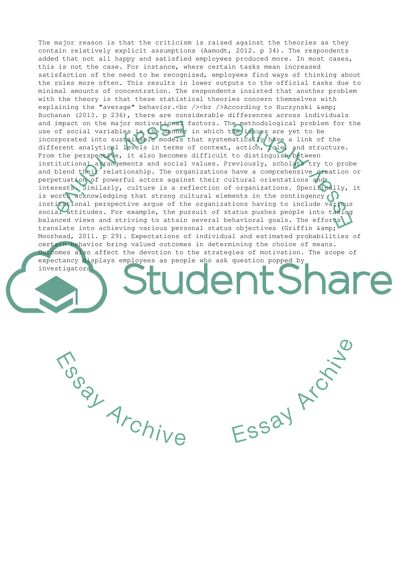Cite this document
(Motivation People at Work Coursework Example | Topics and Well Written Essays - 1750 words, n.d.)
Motivation People at Work Coursework Example | Topics and Well Written Essays - 1750 words. https://studentshare.org/management/1842763-motivation-people-at-work
Motivation People at Work Coursework Example | Topics and Well Written Essays - 1750 words. https://studentshare.org/management/1842763-motivation-people-at-work
(Motivation People at Work Coursework Example | Topics and Well Written Essays - 1750 Words)
Motivation People at Work Coursework Example | Topics and Well Written Essays - 1750 Words. https://studentshare.org/management/1842763-motivation-people-at-work.
Motivation People at Work Coursework Example | Topics and Well Written Essays - 1750 Words. https://studentshare.org/management/1842763-motivation-people-at-work.
“Motivation People at Work Coursework Example | Topics and Well Written Essays - 1750 Words”. https://studentshare.org/management/1842763-motivation-people-at-work.


